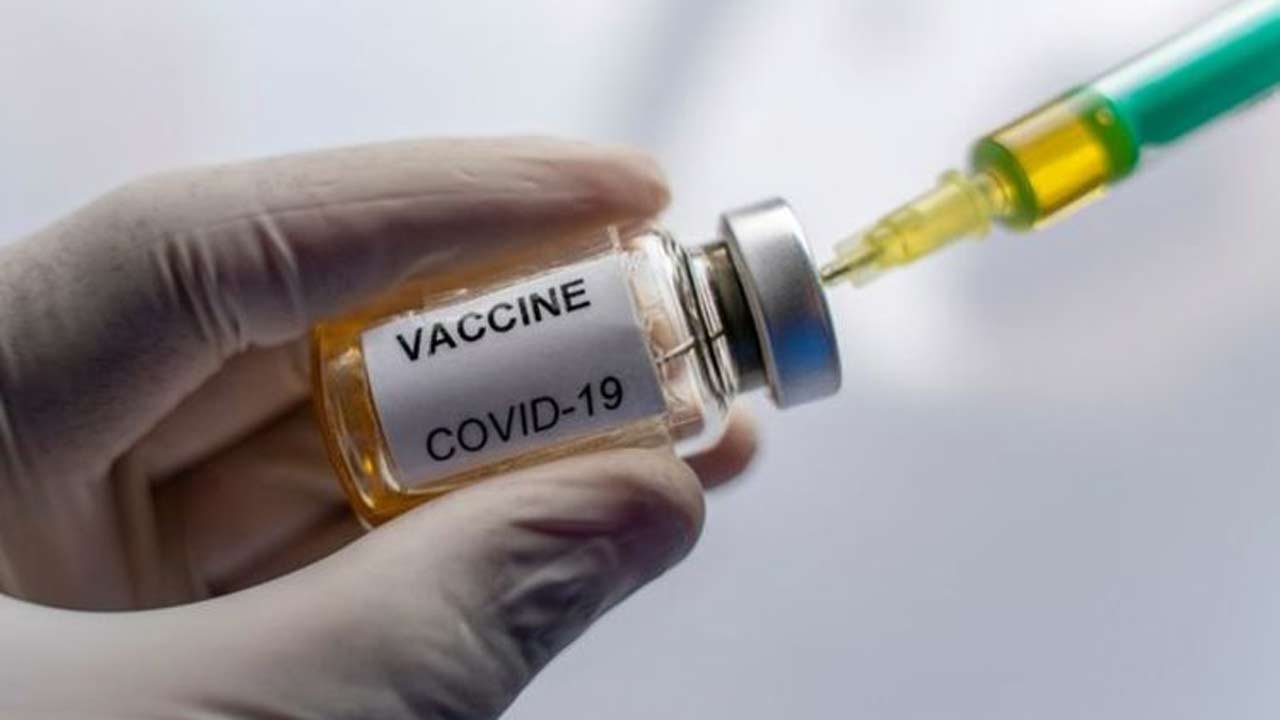National STOP THE BLEED Day (May 20, 2021) is a one-day call to action to save lives by training people to stop traumatic bleeding.
Bleeding isn’t always life-threatening. But when life-threatening bleeding occurs, the average time to bleed out is only two to five minutes. Meanwhile, the average first responder arrival time is seven to 10 minutes.
Therefore, everyone should know basic bleeding control techniques and receive additional training in order to be prepared to respond during a bleeding emergency.
HOW TO RESPOND TO LIFE-THREATENING BLEEDING
A bleeding injury can happen anywhere at any time. Often times, the person next to a bleeding victim will be the one most likely to save them.
If you recognize signs of life-threatening bleeding, you need to act right away using methods to stop the bleed.
Three quick emergency bleeding control techniques that can help save a life include:
- Applying proper pressure
- Correctly packing a wound
- Placing a tourniquet
Direct pressure is a standard method to control bleeding anywhere on the body. When applying direct pressure, be sure to:
Locate the bleeding. Expose and inspect the wound.
Apply direct pressure. Use a clean pad, and apply firm and constant pressure directly on the point of bleeding.
Maintain pressure. If blood soaks through the pad, leave it in place and apply a second pad on top of the first. When bleeding is controlled, maintain continuous direct pressure.
For a more serious wound, it may be necessary to pack a dressing into the wound to maintain pressure.
If direct pressure can’t control severe bleeding from an arm or leg, you may need to use a tourniquet to stop the bleeding.
Interested in learning how to properly apply pressure, pack a wound and place a tourniquet? Learn more about our FIRSTAID CPR AED PROGRAM which combines emergency bleeding control techniques with active shooter response training.





